Purslane has traditional Chinese medicine effects such as clearing heat and detoxifying, cooling blood and stopping bleeding, promoting diuresis and reducing swelling. Its medicinal functions mainly include treating diseases such as heat toxicity and bloody dysentery, carbuncles and sores, eczema and erysipelas. The whole plant of purslane can be used as medicine, containing active ingredients such as flavonoids, organic acids, polysaccharides, etc. Modern research has confirmed that it has antibacterial, anti-inflammatory, antioxidant and other effects.
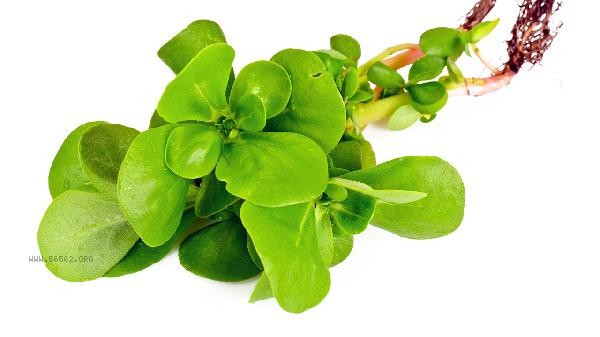
1. Clearing heat and detoxifying
Purslane has a cold and sour nature, and belongs to the liver and colon meridian. It has a significant effect on dysentery and ulcers caused by heat toxicity. Commonly used in clinical practice for bacterial dysentery, its decoction can inhibit intestinal pathogenic bacteria such as Shigella. Crushing fresh products and applying them externally can alleviate the pain of herpes zoster, and when combined with medicinal herbs such as honeysuckle and dandelion, can enhance detoxification effects.
2. Cooling blood to stop bleeding
Purslane contains tannins and vitamin K, which can shorten clotting time and be effective for rectal bleeding and hemorrhoid bleeding. In folk medicine, fresh juice mixed with honey is used to treat nosebleeds, and dried and ground powder can be applied externally for traumatic bleeding. The combination with Diyu charcoal can improve the symptoms of collapse, but it should be used with caution for patients with blood deficiency and cold syndrome.
3. Relieve dampness and reduce swelling
This product has a diuretic effect by promoting sodium ion excretion and is suitable for damp heat edema. Patients with nephritis edema can use 60g fresh purslane decoction as a substitute for tea, and the effect is better when combined with corn silk. Its mucinous substance can protect the gastrointestinal mucosa and alleviate dehydration caused by damp heat diarrhea.
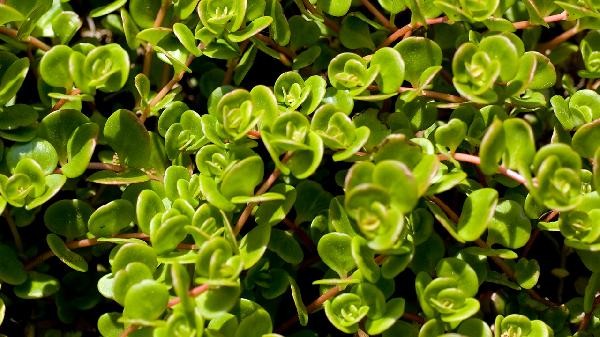
4. Antibacterial and anti-inflammatory
Ethanol extract of purslane has inhibitory effects on Staphylococcus aureus, Escherichia coli, and other bacteria. The treatment of damp heat acne can be combined with a paste made from purple clover and applied externally. For fungal vaginitis, a decoction can be used for fumigation and washing. The omega-3 fatty acids contained can alleviate joint swelling in rheumatoid arthritis.
5. Antioxidant liver protection
Purslane polysaccharides can eliminate free radicals and improve alcoholic liver injury. Experiments have shown that its extract can reduce transaminase levels, and when combined with Schisandra chinensis, it helps with liver cell repair. 10 grams of dry food can be used as a substitute for tea in daily life, to assist in preventing fatty liver.
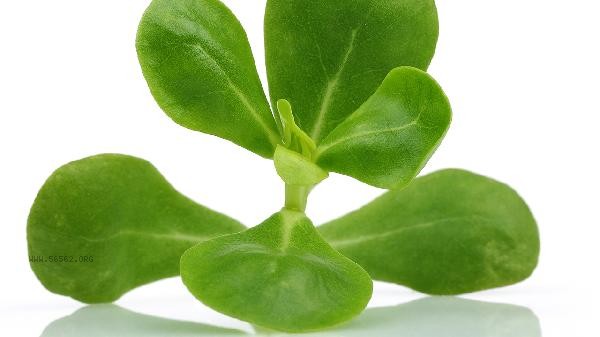
When using purslane, attention should be paid to the combination of ginger or atractylodes macrocephala for those with spleen and stomach deficiency and cold. Pregnant women should use fresh external application with caution. It is recommended to avoid contaminated areas when collecting wild purslane and thoroughly clean it before medicinal use. Chronic disease patients should consult a traditional Chinese medicine practitioner before use to avoid excessive use with cold medications. For daily health, it is recommended to blanch tender stems and leaves in water and mix them cold. It is recommended to consume 2-3 times a week, and pairing with minced garlic can neutralize coldness.



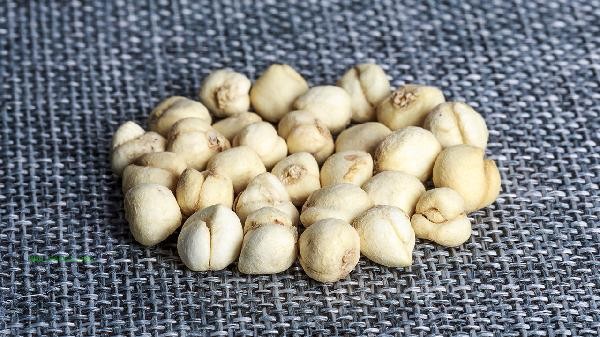

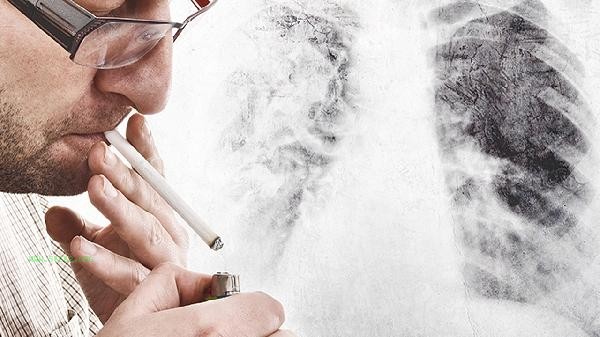


Comments (0)
Leave a Comment
No comments yet
Be the first to share your thoughts!